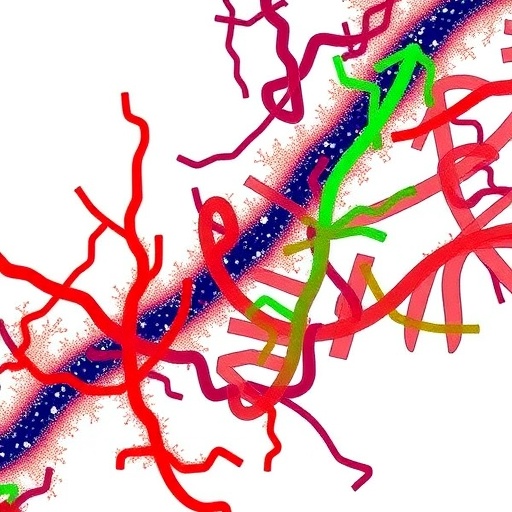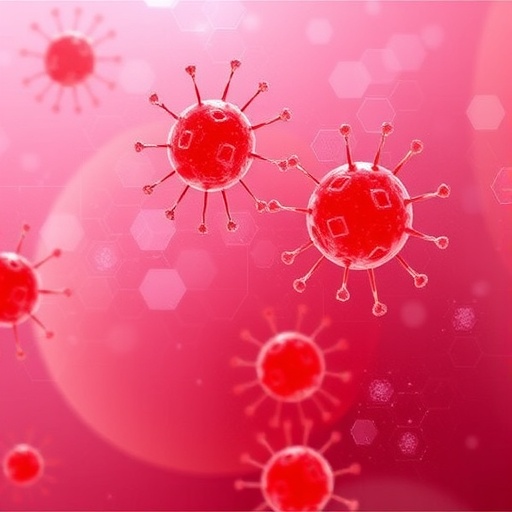Young scientists from ITMO University proposed a new type of optical nano-sensors. Their operating principle is based on the interaction of light in thin films: a similar effect can be observed in soap bubbles. Such sensors can be quickly manufactured using an inkjet printer and special ink made of titanium dioxide. In the future, the sensors can be used for rapid biomedical analysis. The results are published in Nanoscale.
Design of sensitive and inexpensive sensors for biomedical research is one of the most important tasks in modern science. To solve it, ITMO University researchers work on changing the operating principle of a conventional printer. Using inkjet printing, scientists create sophisticated systems for detecting nano-objects.
The synthesis starts after a special ink containing titanium dioxide is prepared. Using an inkjet printer, it is applied to a silicon substrate in a form of a film 200-400 nanometers thick, which is hundreds of times thinner than a human hair. Due to this interference, the transparent film appears to be colored, and its color depends on its thickness. Once a nanoscale object, be it a nanoparticle or a bacteriophage, is attached to the film surface, the thickness changes and so does the color. Using a specially designed scale for the film color assessment, scientists can figure out how many nano-objects have settled on it and what size they are.
The developed sensor prototype is capable of conducting both qualitative and quantitative analysis, although it is not yet selective. Scientists plan to immobilize antibodies on the film surface to detect individual proteins in biological samples.
“We did a lot of preparation: designed the concept and studied a lot of literature. Since this method is based on a complex physical phenomenon, we not only worked as chemists, but also attempted to take into account the optical, technological and biological aspects. This way, we managed to solve a number of technical issues during the experiment: we selected the parameters of the film and the substrate and also adapted the previously developed ink. Our further work is aimed at adapting the developed system for the biomedical application of such sensors,” comments Anna Frosinyuk, the first author of the study and a student at ITMO University’s SCAMT Laboratory.
###
Article:
Optical Interference-Based Sensors for Nano-Scale Objects by
Anna Frosinuk et al.
Nanoscale. 22 Feb 2019
https:/
Media Contact
Dmitry Malkov
[email protected]
http://dx.




